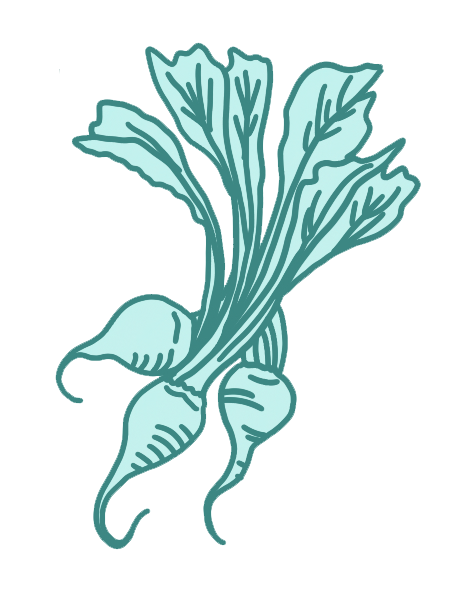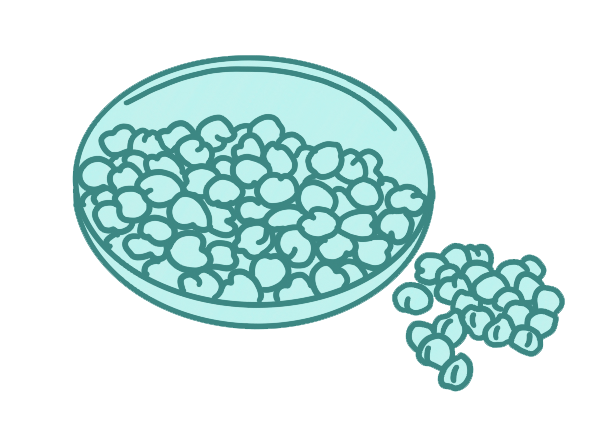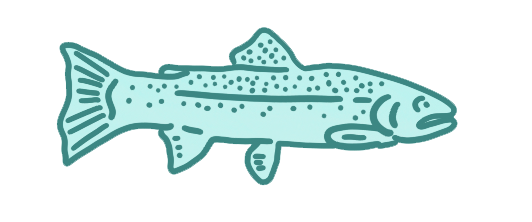 This initiative intends to support Indigenous school communities throughout the country to have more capacity to harvest, preserve, grow, and serve more Indigenous food and other nourishing food to children and youth, including harvested plants, game, and fish from nearby lands and waters, and to engage students in Indigenous foodways and gaining food skills.
This initiative intends to support Indigenous school communities throughout the country to have more capacity to harvest, preserve, grow, and serve more Indigenous food and other nourishing food to children and youth, including harvested plants, game, and fish from nearby lands and waters, and to engage students in Indigenous foodways and gaining food skills.
Who is involved? This work is being launched by Farm to Cafeteria Canada. It is being undertaken in partnership with Indigenous and non-Indigenous organizations and school communities, and guided by a Circle of Advisors.
How long is it? This initiative will be taking place over the next 4 years (January 2024-November 2027) with the hope that we can keep the momentum growing long after that.
Photo: Helen Betty Osborne Ininiw Education Resource Centre, Norway House, Manitoba (Trish Meekis)
We will:
 Develop and roll out a dedicated grant stream for Indigenous school communities along with peer mentorship opportunities.
Develop and roll out a dedicated grant stream for Indigenous school communities along with peer mentorship opportunities.Throughout the initiative communities will be invited to reflect on their work, share their challenges and successes, learn from each other, and apply their learnings. We will also collectively explore how to navigate the many barriers that exist to this work.
Kee Tas Kee Now Tribal Council Education Authority (KTCEA), Atikameg, Alberta
Schools will have more infrastructure and equipment to support food access, preparation, preservation, and growing (e.g. canning and dehydrating equipment, refrigerators and freezers, fishing rods, deer driers, gardens, and greenhouses).
School communities will harvest, fish, butcher, filet, grow, preserve, prepare, and serve more Indigenous and other healthy food to children and youth.

Elders, Knowledge Keepers, family members, and other community members will be able to connect with the school community through food-based activities.
Indigenous foods, foodways, worldviews, and approaches will be shared and woven into daily practices at school, emphasizing relationships, reciprocity, and connections to the land.

All illustrations provide by Carina Nilsson.
We thank the funding support of the Public Health Agency of Canada, Whole Kids Foundation and The Schad Foundation, and many other contributors for making this work possible.